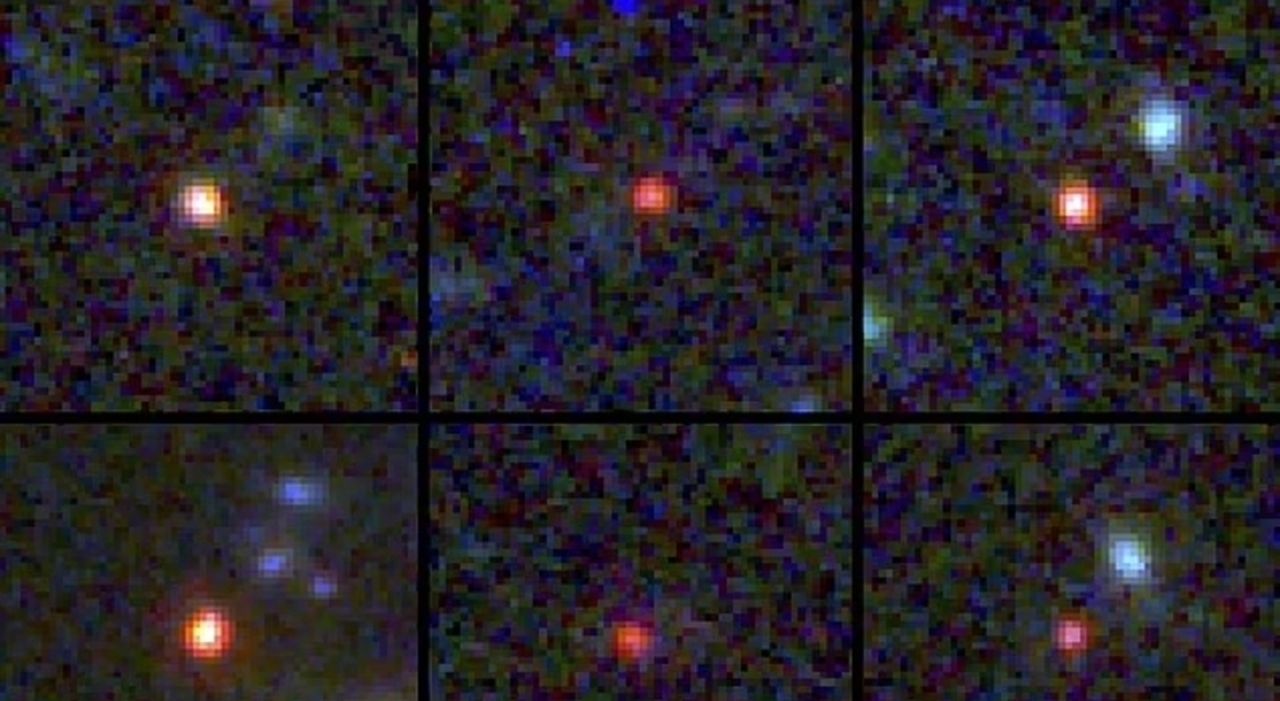NASA’s James Webb Space Telescope locates six “massive” galaxies so old they shouldn’t exist. It is a discovery that “pushes the limits of our understanding of cosmology”. NASA’s new super space telescope was built to peer into the dawn of time and give us clues about how the universe came to be.
What happened
The new super telescope was built to peer back to the dawn of time and give us clues about how the universe came to be. In less than a year, James Webb has already dazzled us with incredible images, but now he’s challenging our very understanding of the origins of galaxies.
In fact, the $10 billion observatory just spotted six “massive” galaxies in the early universe that are so old they shouldn’t exist.
“These objects are much more massive than expected,” he said Joel Lejaassistant professor of astronomy and astrophysics at the Penn State which he then explains “We expected to find only small, young and newborn galaxies at this time, but we discovered mature galaxies like ours in what was previously considered the dawn of the universe.”
The opinion of the researchers
The researchers said their new discovery “pushes the limits of our understanding of cosmology” and suggests that galaxies have grown massively faster than predicted at the beginning of the universe’s history.
“We’ve informally called these objects universe breaker, and so far they’ve lived up to their name,” Leja said.
He added that the galaxies were so large that they “cattled” with 99% of cosmological models.
To take into account thehigh massmeans that these models would have to be changed, or that astronomers would have to alter their fundamental understanding of how galaxies formed in the early universe.
That is to say, that they were born as small clouds of stars and dust that have gradually enlarged over time.
How, then, was the universe born?
Whichever path scientists take, Leja said that would require a fundamental rethink how the universe was born.
“The revelation that the formation of massive galaxies began very early in the history of the universe challenges what many of us thought was established science» said Leja.
He said the international team of researchers had “no idea what we were going to find” when they examined Webb’s first batch of data about the early universe. We’ve found something so unexpected that it’s causing problems for science. It challenges the whole picture of the formation of the first galaxies,” added Leja.
The new findings show that the six galaxies were as mature as our Milky Way when the universe was just i3% of his current ageabout 500-700 million years after the Big Bang.
Webb is able to see back in time to 13.5 billion years – about two million years after the formation of the universe – because it has infrared sensing instruments that can detect the light emitted by the oldest stars and galaxies.
Read the full article
on The Messenger
